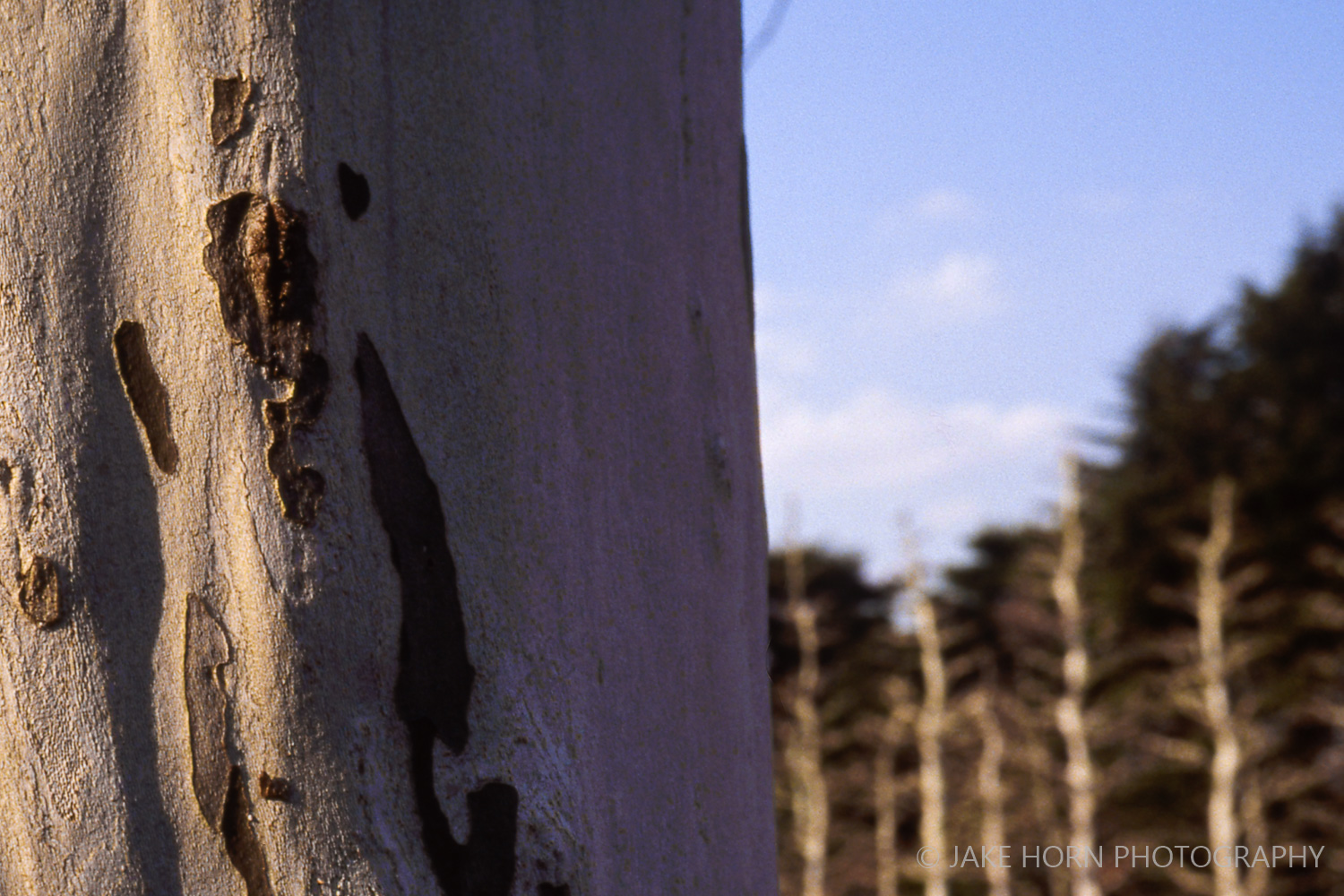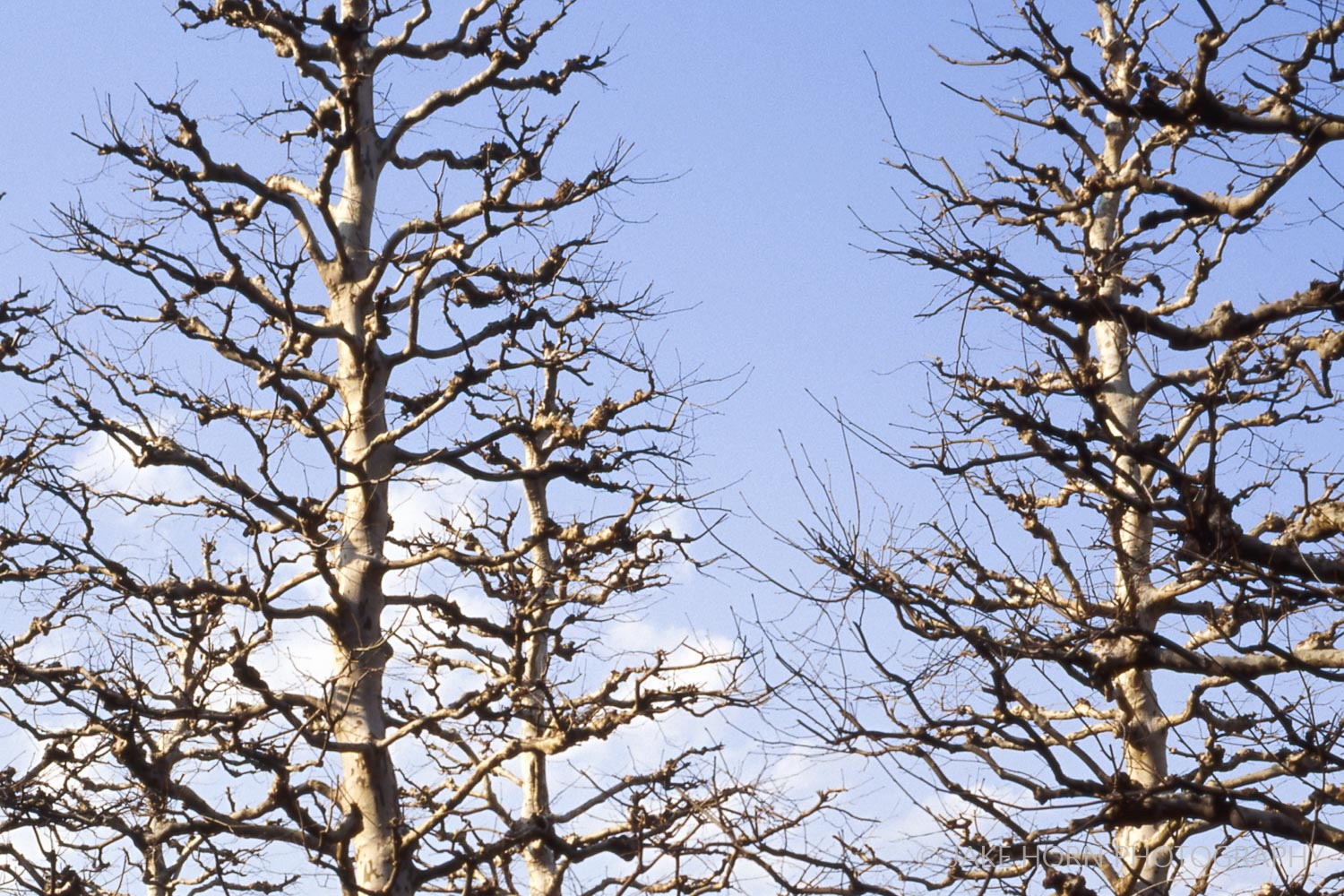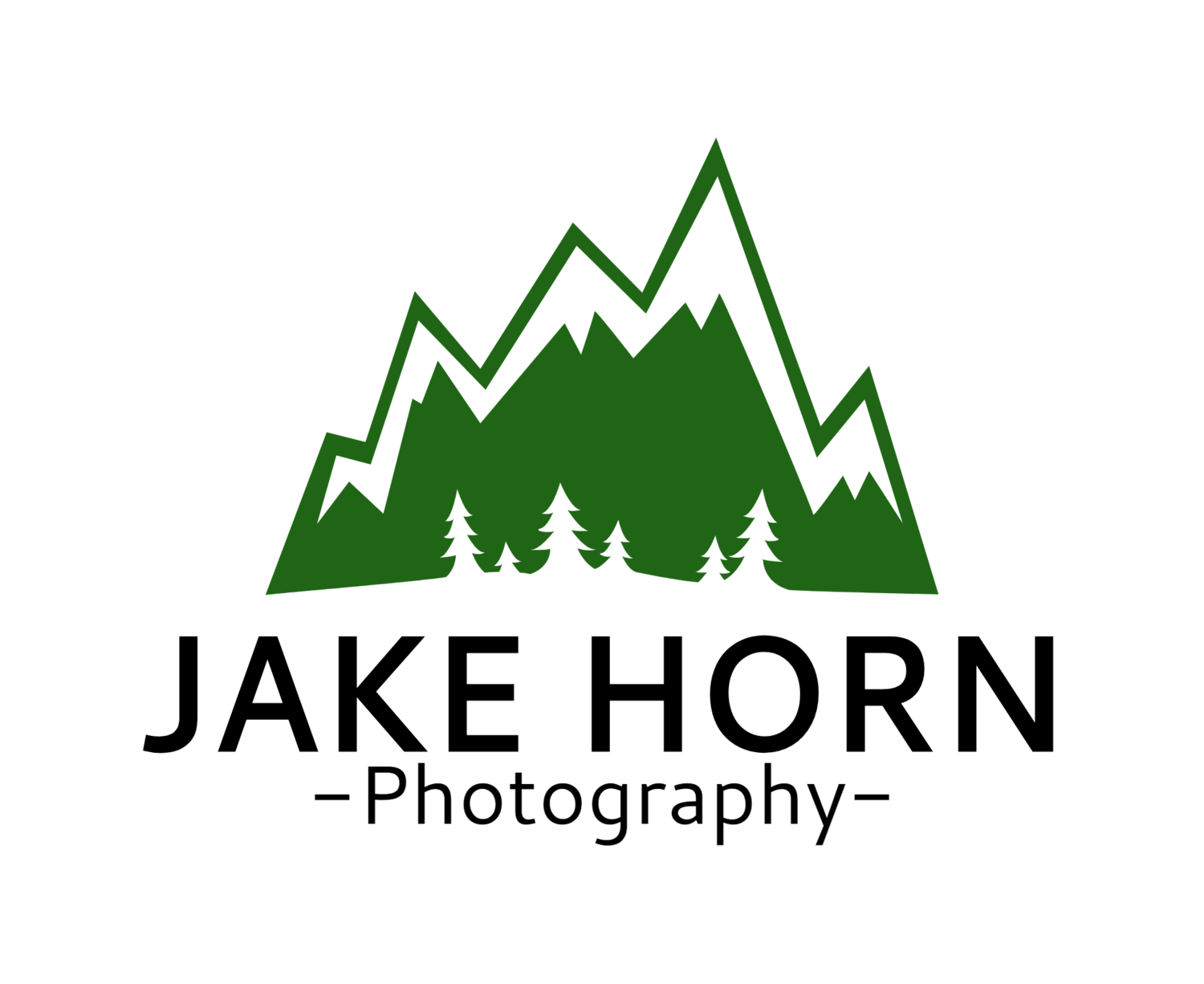The announcement of Ektachrome’s return saw a warm reception from the photography community. New films have hit the scene here and there, but it has been discouraging to see major players like Fuji slowly killing their film lineup. With Kodak’s reintroduction of E100, film shooters finally have hope of a momentum swing needed to keep our cameras loaded for years to come.
While Kodak’s new Ektachrome starting shipping in late September, my pre-order source over committed rolls and I was sadly left with a shipping delay. The bad news is that I didn’t receive my batch until January, but I am happy that this film is enjoying great initial demand.
Back in the early 2000’s, I shot slide film much more than I do today…which is next to none. My go to emulsions were the Elite Chrome variants (standard and extra color). Even back then, most of my film got scanned in for post processing and printing. Slide film always seemed to be friendly to digitization since color accuracy is more easily obtainable. One thing i did struggle with, however, was the blue cast in the shadows. I am glad to report that I haven’t had any issues with this on the new E100. In addition, I am shocked with the dynamic range. While bracketing shots, the frames that nail exposure have outstanding detail in both highlights and shadows.
The examples in the slideshow below were processed with a minimum amount of adjustments to show “out of box” performance. Blown up to 100%, you can see how fine the grain is in the solid color sky.




While this film performs and scans beautifully, I did want to put it into perspective. The biggest drawback to Ektachrome is going to be cost. Yes, while $13/roll is steep, you also have to consider the hidden costs. When doing E6 processing (color reversal), most labs charge a premium due to the additional expense of chemicals and processing. My developer currently charges $8.95/roll for E6, while C-41 (color negative) is $6/roll. This means, that if I were to switch over completely to slide film, I would have a 50% increase in development costs alone. Add this to the 62% roll price increase (when compared to Ektar 100).
One last consideration on cost is the ‘hidden’ cost of bracketing exposures. If you’ve shot landscapes or tricky lighting conditions with slide film long enough, you most likely bracket your photos to ensure you’ve nailed exposure. Let’s just take the standard practice of bracketing three frames (one overexposed, one under, and one as metered). This equates to a decrease of frames from 36 to only 12. On a long trip, and shooting many subjects, this could result in shooting with 2-3 times more rolls when compared to negative film.
BOTTOM LINE:
While the new Kodak Ektachrome has made me fall in love with slide film again, I cannot recommend it at high volume due to the cost impact. I will, however, be peppering it in with my normal line-up of Portra 400 and Portra 800 as a substitute for Ektar 100. I am actually more excited about the news of 120 and 4x5 formats being released in the future. Time will tell if I like it more than Ektar, but I think performance is very comparable at this time (except with better blues).
With the huge demand during launch, let’s hope that the hype is lasting and consumers continue to buy E100 up. It may convince Kodak, and other companies, to bring back new and improved emulsions. This is a very exciting time for analog photography.
SAMPLE SHOTS:
Tokyo, Japan | Leica M-A | Leica 90/2.8 | Kodak E100
Tokyo, Japan | Leica M-A | MS Optical 35/1.4 | Kodak E100






